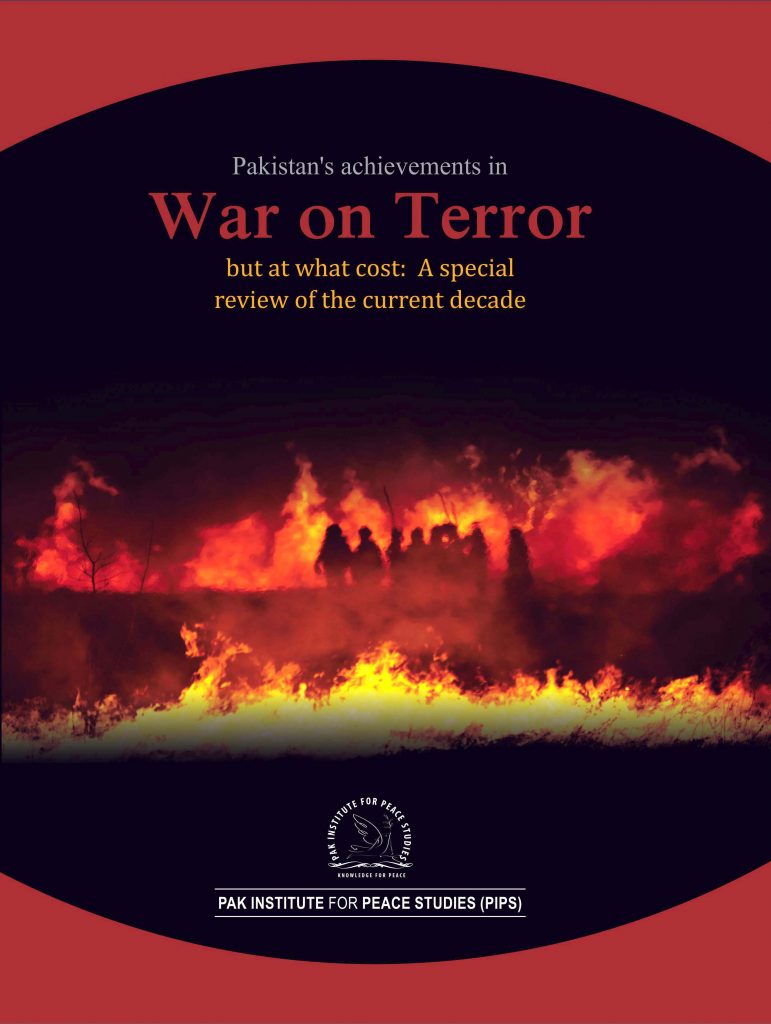Pak Institute For Peace Studies Pvt Ltd. (PIPS)
By PIPS Published On May 17, 2019

Part of the Reports series:
- After Study Hours: Exploring the Madrassah Mindset
- Education for peace and harmony
- Reconstruction of the National narratives and Counter-Violent Extremism Model for Pakistan
- Role of Post-Noon Engagements of Madrassa Students in Radical Orientation
- Promoting Inclusive and Tolerant Educational Narratives
- Islam, Democracy and the Constitution of Pakistan
- Minority Rights in Pakistan: Historic Neglect or State Complicity?
- “Creating an environment that counteracts militant ideologies and radicalism in Pakistan”
- Through Each Other’s Eyes
- The Role of Ulema in Promotion of Peace and Harmony in Society
- Critical Ideologies: A Debate on Takfeer & Khurooj
- سماجی ہم آہنگی ، رواداری اور تعلیم
- سماجی ہم آہنگی کیسے ہو؟
- اسلام جمہوریت اور آئین پاکستان
- پر امن اور متوازن معاشرے کے قیام میں علماء کا کردار
- اسلام جمہوریت اور پاکستان
- ایک دوسرے کے نظر سے
- مسئلہ تکفیر و خروج
- ماہنامہ الشریعہ
- Media Safety in Pakistan
- تعلیم امن اور ہم آہنگی
- Regulating Broadcast Media: Challenges & Reforms
- Afghanistan-Pakistan Peace Process and Scenarios for the Future
- Pakistan’s Sectarian Mire & The Way Forward
- Dialogue Pakistan 2019 report
- Pakistan’s achievements in war on terror but at what cost: a special review of the current decade
- Pakistan in changing world order
This report describes Pakistan‘s efforts against militancy and terrorism, the cost and sacrifices it had paid in this campaign mainly being a US ally in the WoT, and the outcome of the war in terms of restoration of peace and security.
National security and regional geo-strategic imperatives had mainly weighed on Pakistan‘s policy choice to join the US-led War on Terror in 2001. While joining the WoT largely meant, at least in the initial phases, to support and facilitate the US war in Afghanistan, but Pakistan took no time to realise that the real war was here.
Different brands of local, Afghan and other foreign militant groups sneaked into Pakistan‘s tribal areas while fleeing the bombardment by the US-led international forces in Afghanistan. Militancy and terrorism continued to play havoc with the lives of people until recently when after 2014 APS incident; a renewed military and political resolve uprooted the most dangerous TTP and its allies from erstwhile FATA. This report provides statistical analysis of Pakistan’s ten-year role in the war on terror.Publisher: Pak Institute For Peace Studies (PIPS)
